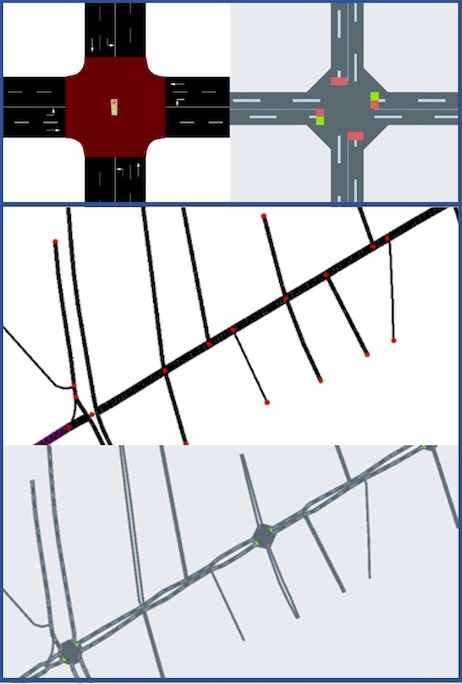09:00-09:15 am: Welcome, opening remarks
Movitations of this tutortial
Video, Slides
9:15 - 10:00 am: Hands-on Simulation with CBLab
Introduction to existing datasets and scenarios
Creating road networks from OpenStreetMap, Custom Templates and existing datasets
Running experiments on CBLab
Slides
10:00-10:30 am: Coffee break
10:30-11:15 am: RL for traffic signal control
Introduction of the principles of RL
Frequently used RL methods
Deep RL and formulating traffic control problem as a reinforcement learning problem
Video, Slides
11:15-12:00 pm Hands-on Implementation for Traffic Signal Control
Design of reward, state, action
Different models in RL (e.g., Policy-based, value-based) and their pros and cons will be discussed
Step-by-step instructions on setting up the Python environment with LibSignal
Video,
Codes
12:00-12:30 pm Open problems in RL for traffic control
Simulating environment to real world, benchmarks, interpretability, safety issues, etc.
Slides
